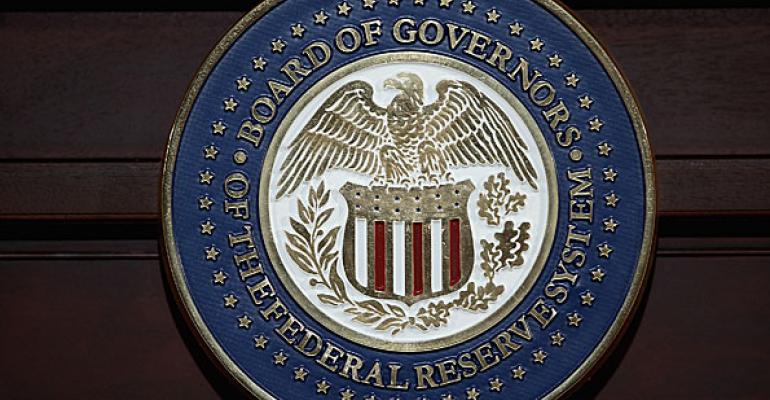(Bloomberg Opinion) -- After a string of encouraging data, markets are displaying increasing optimism that the Federal Reserve might be done with its battle against inflation — and that the US will experience a rare “soft landing,” in which inflation falls back to 2% and the economy cools without dipping into recession.
I can imagine how this could happen, but it requires some extremely positive thinking.
To assess the chances of a soft landing, one must consider three questions. First, will the effects of the Fed’s tightening keep mounting, thanks to lags in monetary policy? Second, once those lags have played out, will the Fed’s stance be sufficiently tight to keep growth in check? And third, does the unemployment rate need to go much higher to bring inflation back down to the Fed’s 2% target?
Let’s start with the lags. There’s considerable evidence that lags have shortened, meaning that the economy has already felt nearly all of the impact of the Fed’s actions. This makes sense in a world where the central bank communicates its plans well in advance, moving markets even before the plans are implemented. The expectation that the Fed will soon be done tightening, for example, has already eased financial conditions more broadly: Stock prices are higher, credit spreads have narrowed and the dollar has weakened. Even the interest-rate-sensitive housing sector has begun to recover, with new construction and sales moving higher.
If there’s no more tightening in the pipeline, then proponents of the soft-landing scenario must believe that the Fed has done enough. Yet the persistent tightness of the labor market suggests otherwise. What’s more, with the Biden administration’s infrastructure, semiconductor and climate change initiatives bolstering demand for investment, and with large and chronic fiscal deficits shrinking the pool of available savings, there’s a compelling case to be made that the “neutral” level of short-term interest rates (the level that neither constrains nor stimulates growth) has increased. If so, monetary policy may not be as restrictive as currently believed and the Fed may have to take its target rate higher than 5.25% to 5.50% to push up the unemployment rate significantly.
Which brings us to the third question: Could the current unemployment rate of 3.6% actually be consistent with stable inflation, meaning that it doesn’t need to go higher? As I see it, this is the only plausible path to a soft landing. The unemployment rate did not rise in any of the three Fed tightening campaigns that ended in soft landings (1965-66, 1984-85 and 1993-95). And in every one of the 11 episodes in which the rate increased by at least a half percentage point, it ultimately rose much more and led to a recession.
Unfortunately, the non-accelerating inflation rate of unemployment, or NAIRU, is hard to know. Fed officials estimate it at between 3.8% and 4.3%, down from 5.2% to 6.0% ten years earlier. Could it be still lower? Last week’s employment cost index report offered some evidence in favor: Private-sector compensation rose at a 4.5% annual rate in the second quarter, down a full percentage point from a year earlier. But this clashes with other indicators of an abnormally tight labor market — such as the ratio of unfilled jobs to unemployed workers, which remains elevated at 1.6.
Fed Chair Jerome Powell, at his most recent news conference, recognized that more slack in the US labor market would likely be required to get inflation back down to 2%. Among members of the policy-making Federal Open Market Committee, the median projection as of June was for the unemployment rate to rise to 4.5% next year, almost a percentage point higher than it is today. I wouldn’t expect that outlook to change without considerable evidence that the economy can operate at an unemployment rate below 4% and that can be consistent with 2% inflation on a sustained basis.
Although the recent economic news has been reassuring, the economy isn’t out of the woods. A hard landing might simply have been deferred, not avoided.
More From Bloomberg Opinion:
- Why We Should Pity the Bank of England: Mohamed A. El-Erian
- Economy Is Rushing But Can Avoid a Speed Trap: Jonathan Levin
- The Fed Shouldn’t Settle for Above-Target Inflation: Editorial
Want more Bloomberg Opinion? OPIN <GO>. Or you can subscribe to our daily newsletter.
To contact the author of this story:
Bill Dudley at [email protected]





